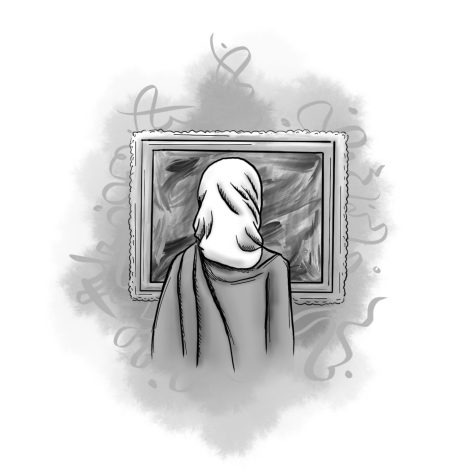Whitman discusses dispute over academic freedom at Hamline University
February 23, 2023

On Feb. 14, Whitman’s Academic Freedom and Due Process Committee hosted a campus-wide conversation inviting students and faculty to discuss the recent controversy at Hamline University.
The incident at Hamline University stemmed from Professor Erika López Prater’s decision to present a 14th-century painting by a Muslim artist that depicted the Prophet Muhammad in her class on global art. Within her syllabus, López Prater stated that she would show images of religious figures, including the Prophet Muhammad. On the day of the class, she offered a warning to her students before showing the image, as well as an explanation of its historical relevance and its relation to the class’s content.
Following the class, a Muslim student expressed their discomfort of having seen the artwork to their professor and Hamline University’s administration. The university subsequently elected not to renew López Prater’s contract, deeming her actions as Islamophobic.
At the Whitman event, Associate Professor of Religion Lauren Osborne gave a presentation contextualizing the discussion for the audience, and she provided some recommended readings for individuals interested in further exploring the issue.
In her presentation, Professor Osborne shared differing perspectives over whether or not it is forbidden to depict the Prophet Muhammad in Islam. Throughout history, there have been many works of art, such as the one shared by López Prater, depicting the Prophet Muhammad.
“The shortest answer is that there are and have been diverse opinions on this in Islamic tradition,” Osborne said. “You have many individuals arguing that depictions of the Prophet are forbidden. The rationale is typically that the image could tempt a devout Muslim into an act of idol worship, in which they would be giving inappropriate veneration to an icon, a picture and a picture of the Prophet Muhammad at that. This would be an act of what’s referred to as ‘associating’ something and someone else with God.”
Professor Osborne emphasized that it is important to recall two prominent details of this incident. First, there is no information that the student called for the administration to dismiss López Prater. Hamline University’s administration reached that decision independently. Second, López Prater was a non-tenure track professor and therefore was employed at Hamline under a temporary contract, granting her less job security than tenured professors maintain.
Sophomore Elle Palmer shared her concerns for the Hamline University proceedings.
“There is a spectrum of religion … people have different beliefs within the same religion, and if we start believing that all Muslim students will react the same way then that becomes a reductionist view and that’s not healthy either. I think that’s a potential fallout from this case that Hamline created for themselves — they are perpetuating Islamophobia by letting one student dominate the discourse (and that’s not the fault of the student, that’s the onus of the administration and how they handled it),” Palmer said.
Palmer also addressed Hamline University’s treatment of academic freedom. The university’s president, Fayneese Miller, released a statement on Jan. 11 in which she questioned whether upholding academic freedom, in this case, would infringe on the rights of students.
“It’s important to protect students’ interests, and there are cultural sensitivities you need to be aware of in the classroom,” Palmer said. “The problem with [Hamline University’s response] is that it began to impinge upon something that was clearly a case of academic freedom.”
Institutions maintain policies of academic freedom to protect professors’ rights to teach their classes in an environment that encourages critical thinking about the free exchange of ideas. These standards are shared by United States institutions, as specified by the American Association of University Professors.
“This freedom extends to controversial matters related to the course subject in the reasonable and good-faith judgment of the faculty member, as rooted in the norms and practices within their fields and disciplines … it is not the proper role of the College to attempt to shield individuals from ideas and practices they find unwelcome, disagreeable or even deeply offensive,” Whitman’s statement on academic freedom reads.
Although the administration at Hamline University initially asserted that Professor López Prater’s presentation of the 14th-century artwork was not protected by academic freedom, the university has since reaffirmed the importance of academic freedom across its campus.





